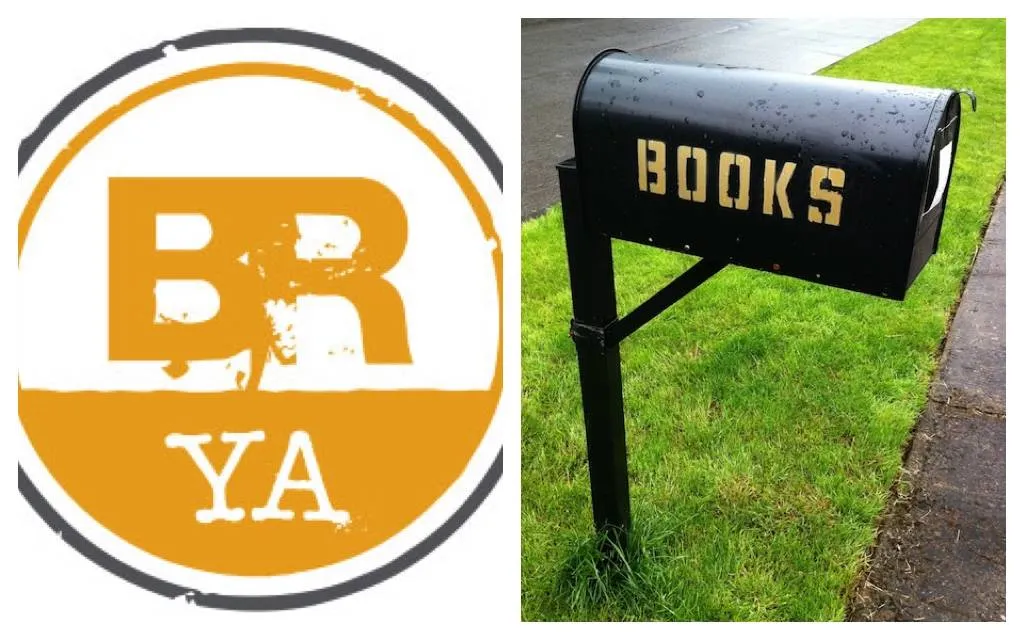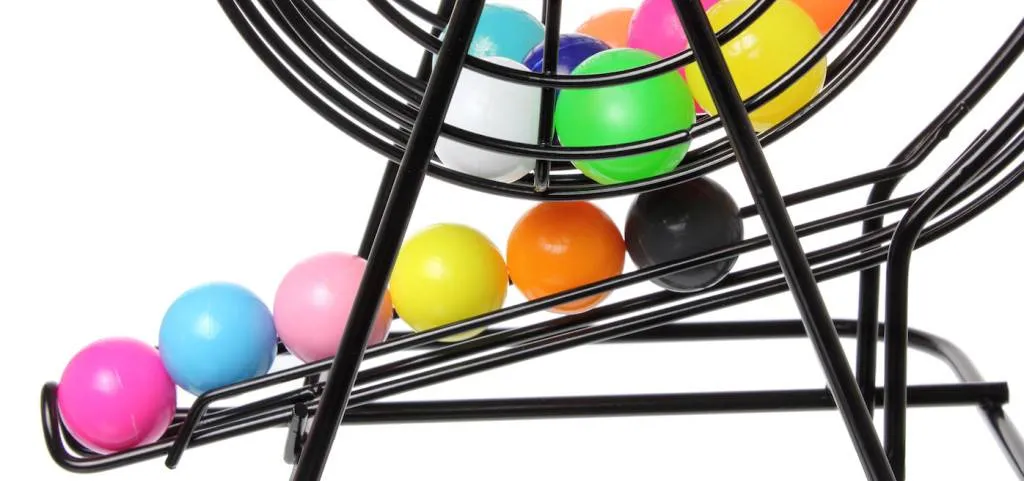
Story Tropes Bingo for (Almost) Every Genre
If you could manifest my love/hate relationship with story tropes and plot devices in concrete form, it turns out it would look like a bingo card. After witnessing a great discussion between writing idols Kelly Link and Lev Grossman that spent a surprising amount of time talking about vomit in horror fiction, I started thinking about other tropes. Some of them I love, some of them I hate, some of them I don’t know how you write a story without. Late-night and weekend tweeting produced the original Story Tropes Bingo Card:
 After further consideration, I realized that this one is most useful for my current main reading genres: YA, speculative fiction, and comics. But what happens when you read romance, mystery, epic fantasy, hard sci-fi, or literary fiction? What then?! And so, I present to you further Bingo Card Adventures in Reading, with a bonus Feminism & Intersectionality card.
A few quick definitions from the more niche or abstruse terms:
Manic Pixie Love Interest: Based on the Manic Pixie Dream Girl trope, coined by Nathan Rabin and defined as: “The Manic Pixie Dream Girl exists solely in the fevered imaginations of sensitive writer-directors to teach broodingly soulful young men to embrace life and its infinite mysteries and adventures.”
Fridging: In 1999 Gail Simone and colleagues started a website called Women in Refrigerators dedicated to cataloging the disproportionate deaths of women in comics; from there, Women in Refrigerators Syndrome was born and quickly spread out to the broader pop-culture-verse. This short version of the term, fridging, applies to the use of the death or injury of a female character as a plot device in a story starring a male character.
Default hetero: Despite several potential romantically compatible other characters, the main character defaults to a heterosexual romance. Fanfic writers work very hard to fix this widespread problem. (Only half-joking; seriously, thank god for fanfic writers. Legolas/Gimli forever.)
Deus ex machina: A plot device whereby a seemingly unsolvable problem is suddenly and abruptly resolved by the contrived and unexpected intervention of some new event, character, ability or object.
Inexplicable Romance: Two characters fall in love with each other instantly and irrevocably, even though they have no visible compatibility, shared interests, or understandable reasons to do so.
Noble savage(s): A literary stock character that expresses the concept of an idealized “other” who has not been “corrupted” by civilization, and therefore symbolizes humanity’s innate goodness. Cue eyeroll.
Pale Savior Complex: The is my paraphrase of Teju Cole’s term, White Savior Industrial Complex, which he wrote about in this excellent piece in The Atlantic in response to the Kony2012 movement. The short version, culled from his original tweets, is:
After further consideration, I realized that this one is most useful for my current main reading genres: YA, speculative fiction, and comics. But what happens when you read romance, mystery, epic fantasy, hard sci-fi, or literary fiction? What then?! And so, I present to you further Bingo Card Adventures in Reading, with a bonus Feminism & Intersectionality card.
A few quick definitions from the more niche or abstruse terms:
Manic Pixie Love Interest: Based on the Manic Pixie Dream Girl trope, coined by Nathan Rabin and defined as: “The Manic Pixie Dream Girl exists solely in the fevered imaginations of sensitive writer-directors to teach broodingly soulful young men to embrace life and its infinite mysteries and adventures.”
Fridging: In 1999 Gail Simone and colleagues started a website called Women in Refrigerators dedicated to cataloging the disproportionate deaths of women in comics; from there, Women in Refrigerators Syndrome was born and quickly spread out to the broader pop-culture-verse. This short version of the term, fridging, applies to the use of the death or injury of a female character as a plot device in a story starring a male character.
Default hetero: Despite several potential romantically compatible other characters, the main character defaults to a heterosexual romance. Fanfic writers work very hard to fix this widespread problem. (Only half-joking; seriously, thank god for fanfic writers. Legolas/Gimli forever.)
Deus ex machina: A plot device whereby a seemingly unsolvable problem is suddenly and abruptly resolved by the contrived and unexpected intervention of some new event, character, ability or object.
Inexplicable Romance: Two characters fall in love with each other instantly and irrevocably, even though they have no visible compatibility, shared interests, or understandable reasons to do so.
Noble savage(s): A literary stock character that expresses the concept of an idealized “other” who has not been “corrupted” by civilization, and therefore symbolizes humanity’s innate goodness. Cue eyeroll.
Pale Savior Complex: The is my paraphrase of Teju Cole’s term, White Savior Industrial Complex, which he wrote about in this excellent piece in The Atlantic in response to the Kony2012 movement. The short version, culled from his original tweets, is:
 Fantasy
Fantasy
 Mystery
Mystery
 Science Fiction
Science Fiction
 Literary Fiction
Literary Fiction
 Feminism and Intersectionality
Feminism and Intersectionality
 ____________________
Get a box of YA books and bookish goodies in the mail every quarter with our new YA Quarterly Box! Sign up here.
____________________
Get a box of YA books and bookish goodies in the mail every quarter with our new YA Quarterly Box! Sign up here.

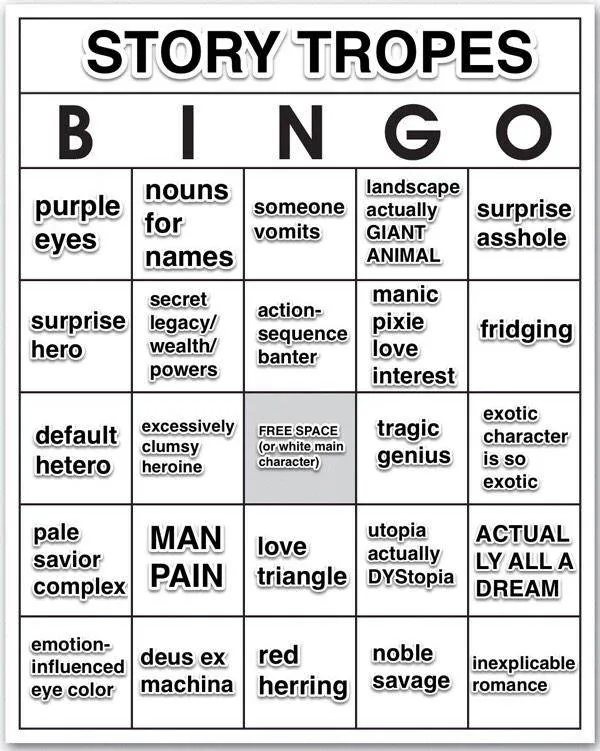 After further consideration, I realized that this one is most useful for my current main reading genres: YA, speculative fiction, and comics. But what happens when you read romance, mystery, epic fantasy, hard sci-fi, or literary fiction? What then?! And so, I present to you further Bingo Card Adventures in Reading, with a bonus Feminism & Intersectionality card.
A few quick definitions from the more niche or abstruse terms:
Manic Pixie Love Interest: Based on the Manic Pixie Dream Girl trope, coined by Nathan Rabin and defined as: “The Manic Pixie Dream Girl exists solely in the fevered imaginations of sensitive writer-directors to teach broodingly soulful young men to embrace life and its infinite mysteries and adventures.”
Fridging: In 1999 Gail Simone and colleagues started a website called Women in Refrigerators dedicated to cataloging the disproportionate deaths of women in comics; from there, Women in Refrigerators Syndrome was born and quickly spread out to the broader pop-culture-verse. This short version of the term, fridging, applies to the use of the death or injury of a female character as a plot device in a story starring a male character.
Default hetero: Despite several potential romantically compatible other characters, the main character defaults to a heterosexual romance. Fanfic writers work very hard to fix this widespread problem. (Only half-joking; seriously, thank god for fanfic writers. Legolas/Gimli forever.)
Deus ex machina: A plot device whereby a seemingly unsolvable problem is suddenly and abruptly resolved by the contrived and unexpected intervention of some new event, character, ability or object.
Inexplicable Romance: Two characters fall in love with each other instantly and irrevocably, even though they have no visible compatibility, shared interests, or understandable reasons to do so.
Noble savage(s): A literary stock character that expresses the concept of an idealized “other” who has not been “corrupted” by civilization, and therefore symbolizes humanity’s innate goodness. Cue eyeroll.
Pale Savior Complex: The is my paraphrase of Teju Cole’s term, White Savior Industrial Complex, which he wrote about in this excellent piece in The Atlantic in response to the Kony2012 movement. The short version, culled from his original tweets, is:
After further consideration, I realized that this one is most useful for my current main reading genres: YA, speculative fiction, and comics. But what happens when you read romance, mystery, epic fantasy, hard sci-fi, or literary fiction? What then?! And so, I present to you further Bingo Card Adventures in Reading, with a bonus Feminism & Intersectionality card.
A few quick definitions from the more niche or abstruse terms:
Manic Pixie Love Interest: Based on the Manic Pixie Dream Girl trope, coined by Nathan Rabin and defined as: “The Manic Pixie Dream Girl exists solely in the fevered imaginations of sensitive writer-directors to teach broodingly soulful young men to embrace life and its infinite mysteries and adventures.”
Fridging: In 1999 Gail Simone and colleagues started a website called Women in Refrigerators dedicated to cataloging the disproportionate deaths of women in comics; from there, Women in Refrigerators Syndrome was born and quickly spread out to the broader pop-culture-verse. This short version of the term, fridging, applies to the use of the death or injury of a female character as a plot device in a story starring a male character.
Default hetero: Despite several potential romantically compatible other characters, the main character defaults to a heterosexual romance. Fanfic writers work very hard to fix this widespread problem. (Only half-joking; seriously, thank god for fanfic writers. Legolas/Gimli forever.)
Deus ex machina: A plot device whereby a seemingly unsolvable problem is suddenly and abruptly resolved by the contrived and unexpected intervention of some new event, character, ability or object.
Inexplicable Romance: Two characters fall in love with each other instantly and irrevocably, even though they have no visible compatibility, shared interests, or understandable reasons to do so.
Noble savage(s): A literary stock character that expresses the concept of an idealized “other” who has not been “corrupted” by civilization, and therefore symbolizes humanity’s innate goodness. Cue eyeroll.
Pale Savior Complex: The is my paraphrase of Teju Cole’s term, White Savior Industrial Complex, which he wrote about in this excellent piece in The Atlantic in response to the Kony2012 movement. The short version, culled from his original tweets, is:
The banality of evil transmutes into the banality of sentimentality. The world is nothing but a problem to be solved by enthusiasm. The White Savior Industrial Complex is not about justice. It is about having a big emotional experience that validates privilege.And now, without further ado: Romance (with thanks to Minxes of Romance for their essential list)
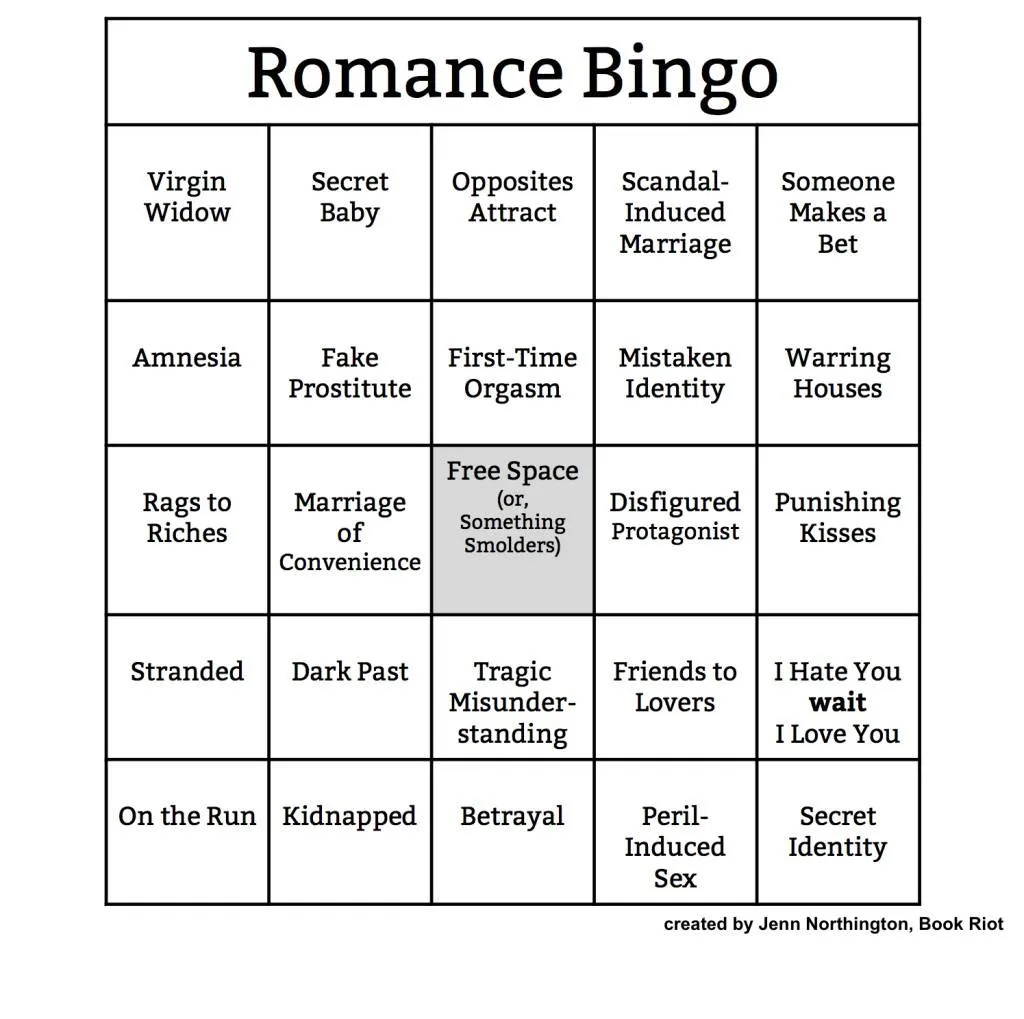 Fantasy
Fantasy
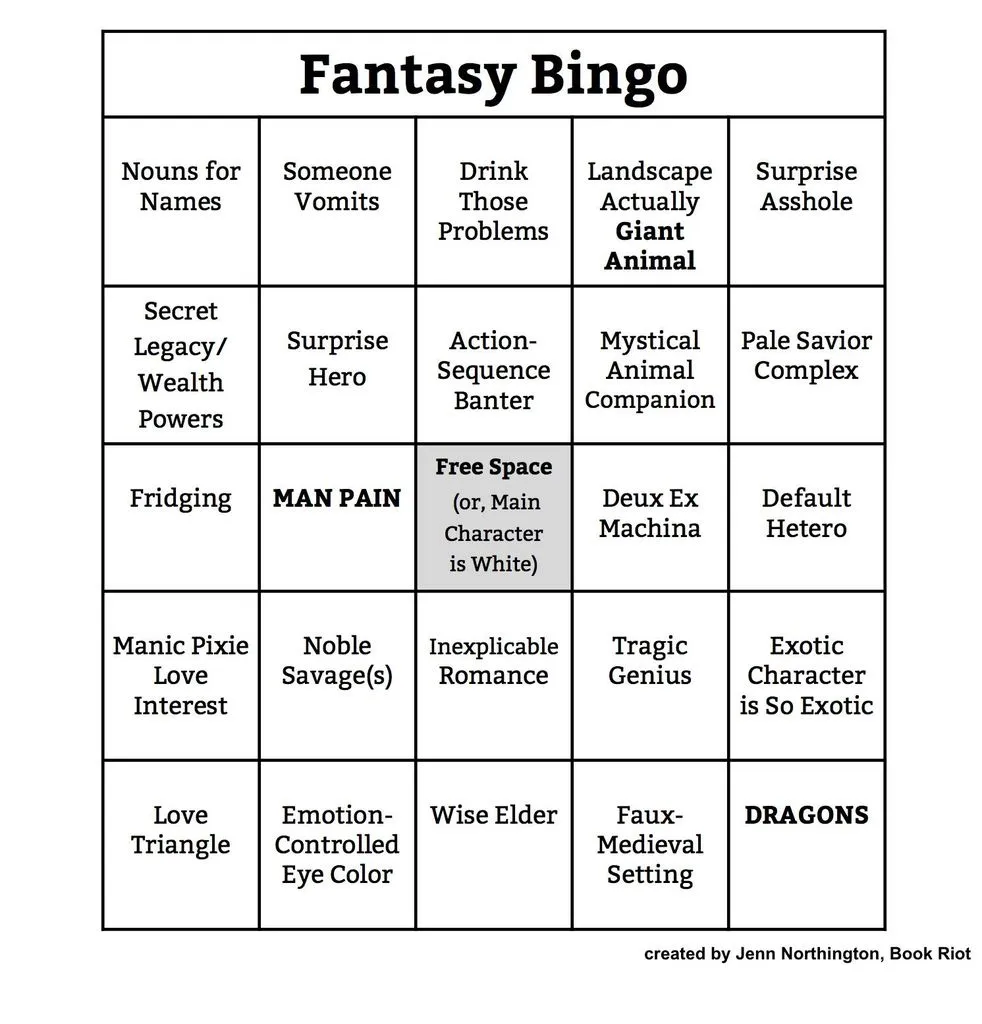 Mystery
Mystery
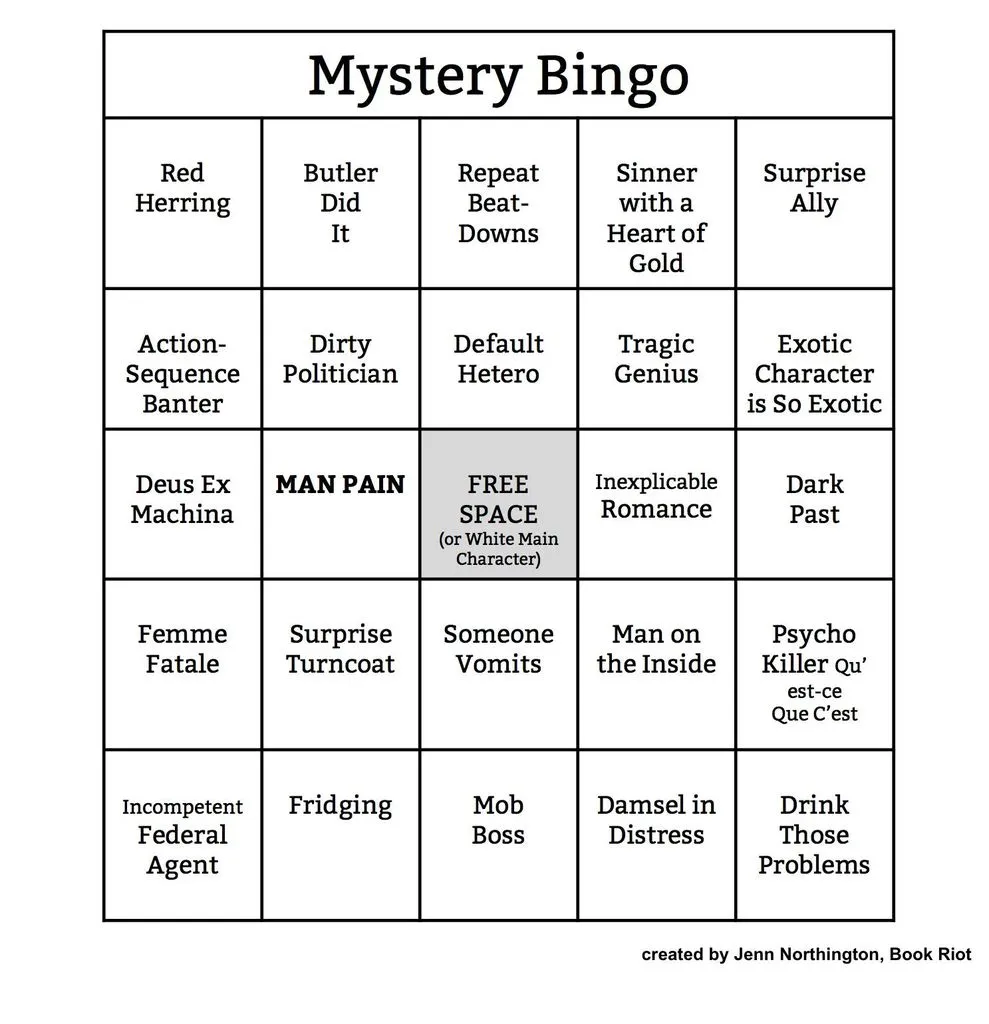 Science Fiction
Science Fiction
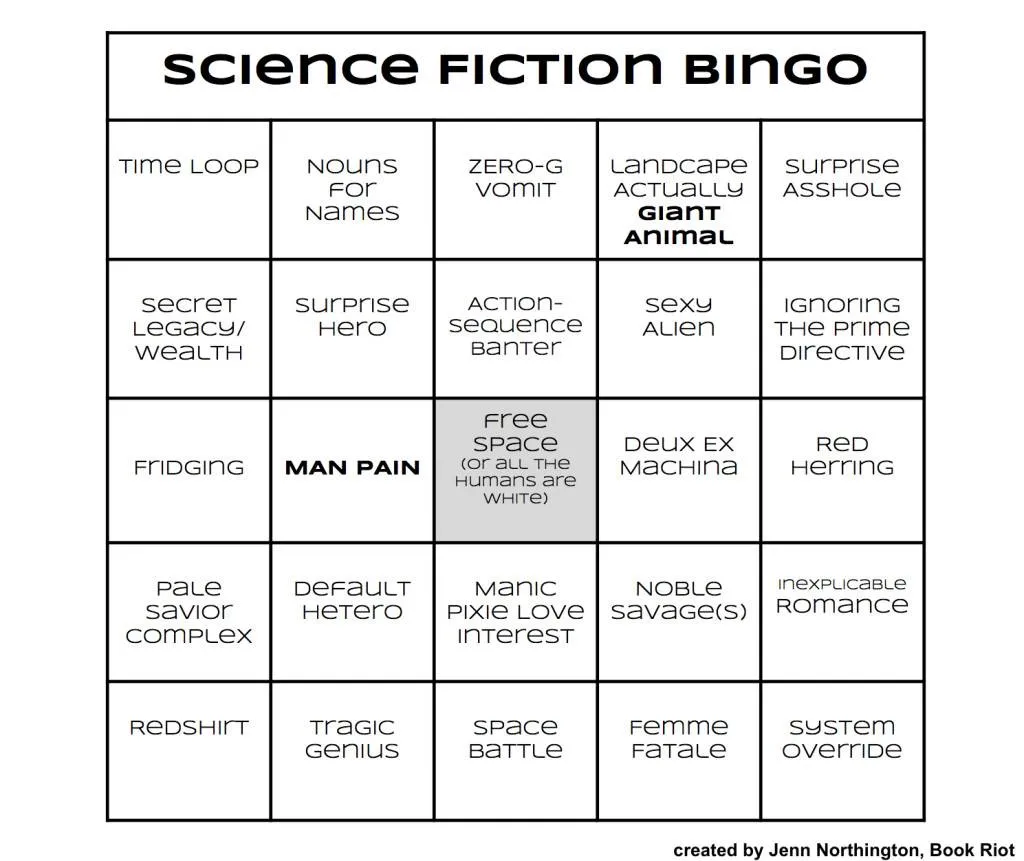 Literary Fiction
Literary Fiction
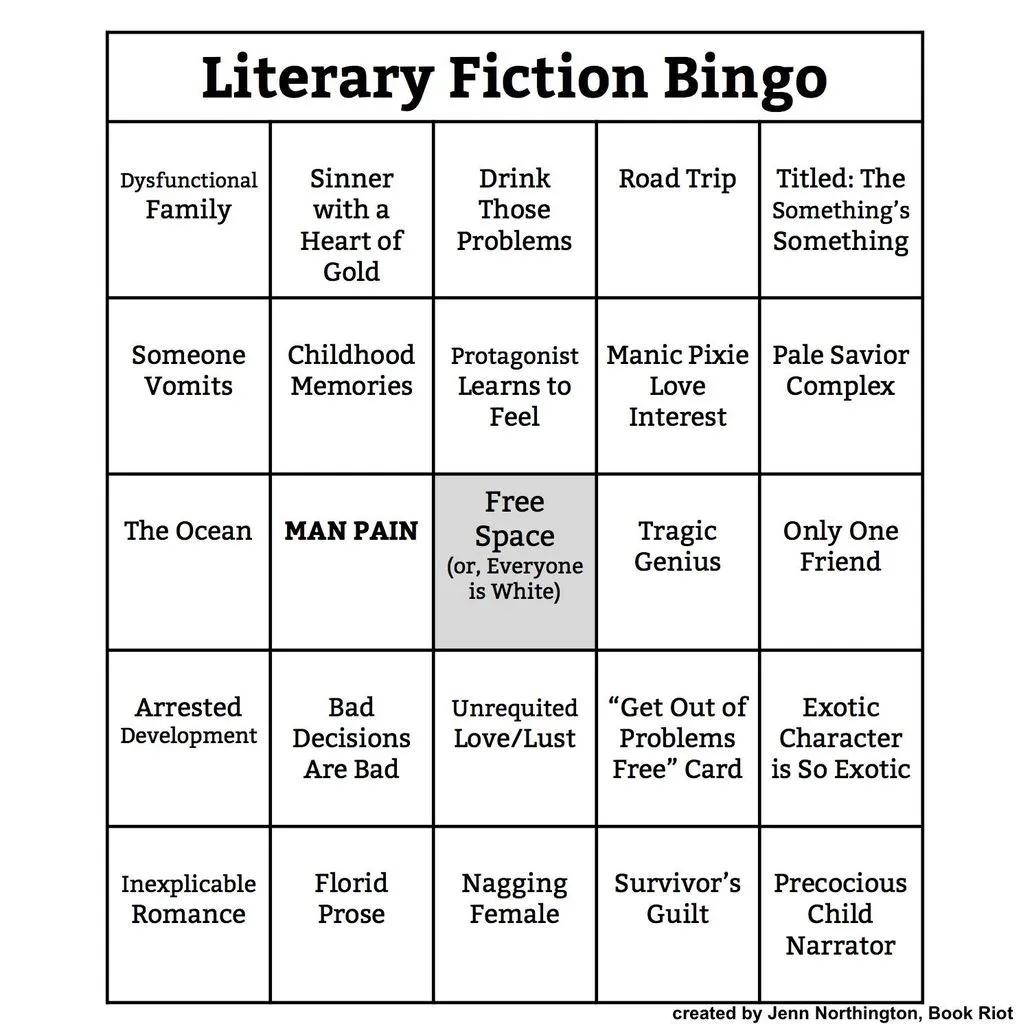 Feminism and Intersectionality
Feminism and Intersectionality
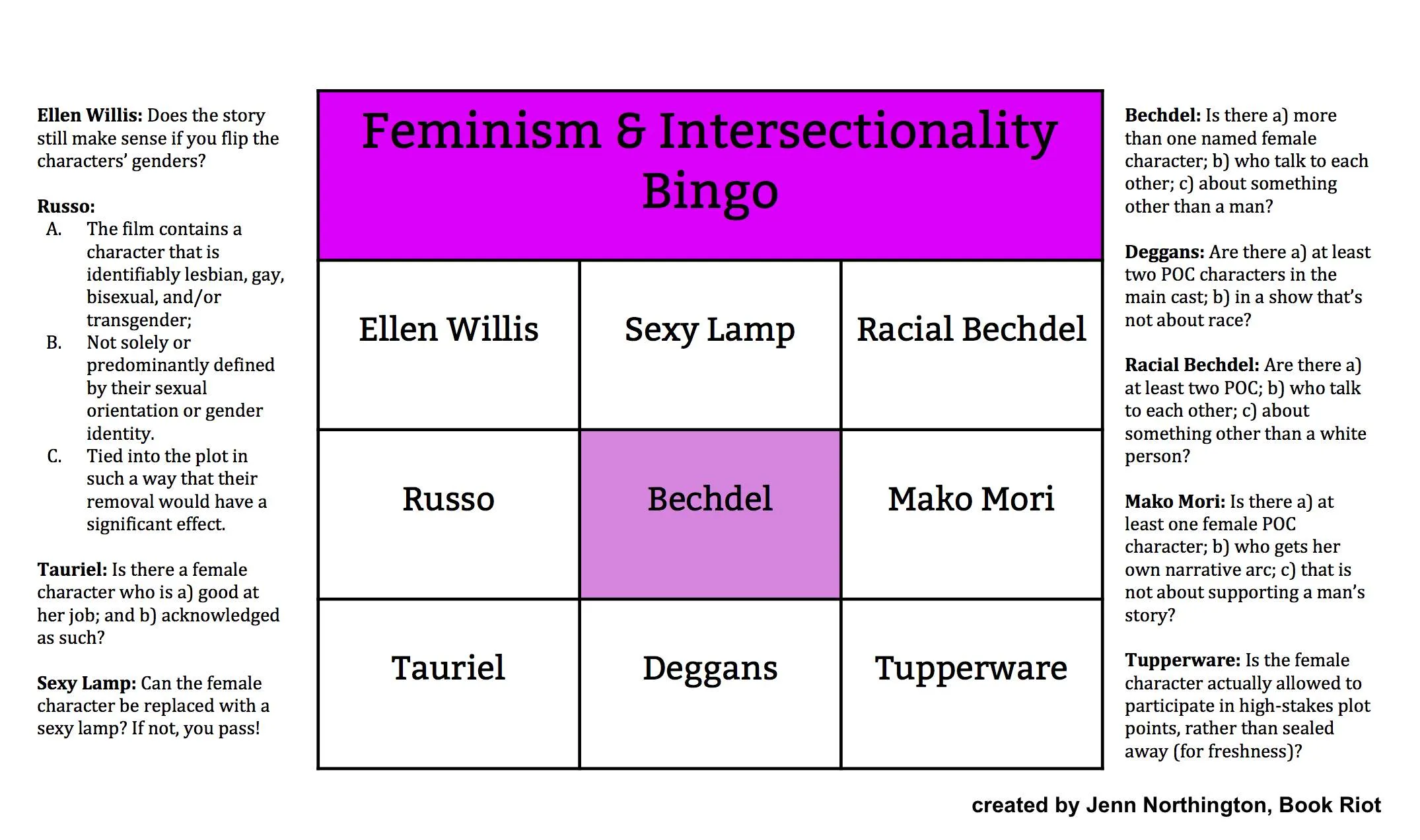 ____________________
Get a box of YA books and bookish goodies in the mail every quarter with our new YA Quarterly Box! Sign up here.
____________________
Get a box of YA books and bookish goodies in the mail every quarter with our new YA Quarterly Box! Sign up here.
